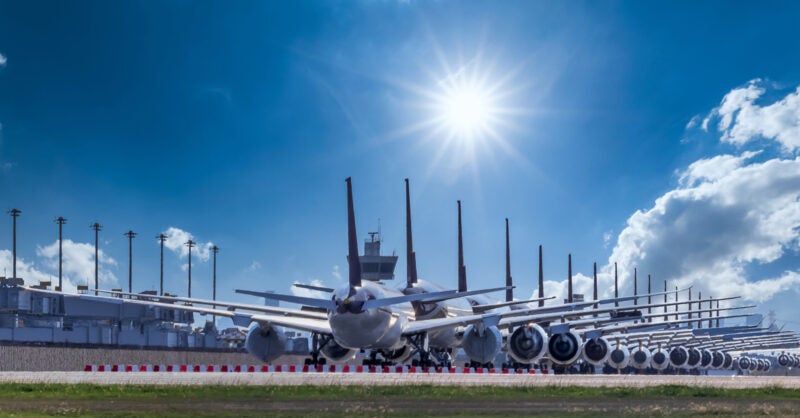Latest News

Photo: GateHouse SatCom
Right now, the aviation industry is grappling with the negative effects of the coronavirus pandemic, as the world’s airlines announce budget cuts, furloughs, and layoffs. According to the International Air Transport Association, employment supported directly and indirectly by the air transport sector is expected to plummet by 45% in 2020 to 38.4 million jobs, compared to the estimated 70.4 million jobs in 2019.
Because of the coronavirus, development and production of new airplanes have been brought to a halt. The world’s biggest airplane manufacturer, Airbus, has experienced a slump in demand leading to an estimated drop in revenue of 40%. The company has announced plans to cut 15,000 jobs.
As a subcontractor, we at GateHouse SatCom are following the situation closely. If the coronavirus pandemic carries on for an extended period, we expect that the effects will be significant for years ahead, even for our work developing communication technology that is installed on aircrafts.
The coronavirus pandemic is a cruel setback for our industry which was thriving before the virus began to spread. In the last couple of years, aviation has taken quantum leaps forward in terms of In-Flight Connectivity (IFC) for passengers, and was beginning to see the potential of connecting the flight cockpits.
Hope is on the horizon
As the old saying goes, necessity is the mother of invention. In my point of view, this is the best way to describe how companies servicing the satcom industry can recover from this crisis.
At GateHouse SatCom, this time period has brought about deeper focus on product development and investments in new technologies. This has been possible coming from a healthy financial situation and the possibility to apply for funded projects.
As a direct reaction to the global pandemic, European Space Agency (ESA) announced on April 1 that it was seeking proposals for a new project called “Space in Response to COVID-19 Outbreak,” in cooperation with the Italian government. And this past spring, NASA’s Earth sciences division also solicited proposals for rapid response and novel research related to the pandemic. In addition, many national funding opportunities have also been available to bring financial aid to companies afflicted by the pandemic, as well as to enable development that might contribute to understanding or handling the crisis.
R&D projects like Inmarsat and ESA’s joint project Iris will also allow satcom and cockpit application companies to develop new technologies and potential new revenue streams both during and on the other side of the crisis. Even though it will require upfront investment, these projects can potentially make a satcom business more competitive on the other side of the crisis and help make up for lost revenue.
On the back of the coronavirus pandemic, aero technology providers hope to see installations on new aircrafts escalate. Before the pandemic, several airlines were already planning to retire particular aircraft models because of their age or inefficiency. COVID has accelerated these plans, like Virgin Atlantic Airways’ retirement of its Airbus A340-600 aircraft and KLM’s Boeing 747-400. The retirement of old airplanes will hopefully make way for investments in new – and with them, new technological solutions.
As I mentioned before, connectivity has over the past couple of years entered aircraft cabins and may reach the cockpits in the near future. The traditional flight bag, for example, has already been replaced with tablets, and it is now time to take the next step allowing data sharing in the airspace, leading to more sustainable business operations for carriers.
The coronavirus crisis has left numerous industries and companies with the option to either scale down or to find new ways to generate business through funding, new projects, innovation, or development. Although the current crisis is unquestionably challenging, many have already found ways to turn these challenges into new business opportunities – only time will tell what path the satcom and aviation industry will take.
 Thomas S. Jensen is the vice president of GateHouse SatCom, a wholly owned subsidiary of GateHouse Group that also holds the subsidiaries GateHouse Maritime and GateHouse Igniter. GateHouse SatCom provides the satellite communications industry with a range of software products for commercial, government, and military use. GateHouse SatCom also offers consultancy services for software, hardware, and system integration, as well as for the preparation and evaluation of international tenders.
Thomas S. Jensen is the vice president of GateHouse SatCom, a wholly owned subsidiary of GateHouse Group that also holds the subsidiaries GateHouse Maritime and GateHouse Igniter. GateHouse SatCom provides the satellite communications industry with a range of software products for commercial, government, and military use. GateHouse SatCom also offers consultancy services for software, hardware, and system integration, as well as for the preparation and evaluation of international tenders.
Get the latest Via Satellite news!
Subscribe Now